1. Passenger Pigeon

The 1800s American dinner table might look familiar at first glance with bread, meat, and vegetables, but the flavors and priorities were the opposite of today. Fat was prized, vegetables were an afterthought, and foods we see as luxuries were once common. Passenger pigeons, for example, filled the skies and the stew pots. They were eaten roasted, baked in pies, or fried for supper. Families saw them as chicken’s cheaper cousin. Sadly, by 1900, overhunting made them vanish. Their story reminds us how an ordinary dinner can shape the fate of a species.
2. Turtle Soup
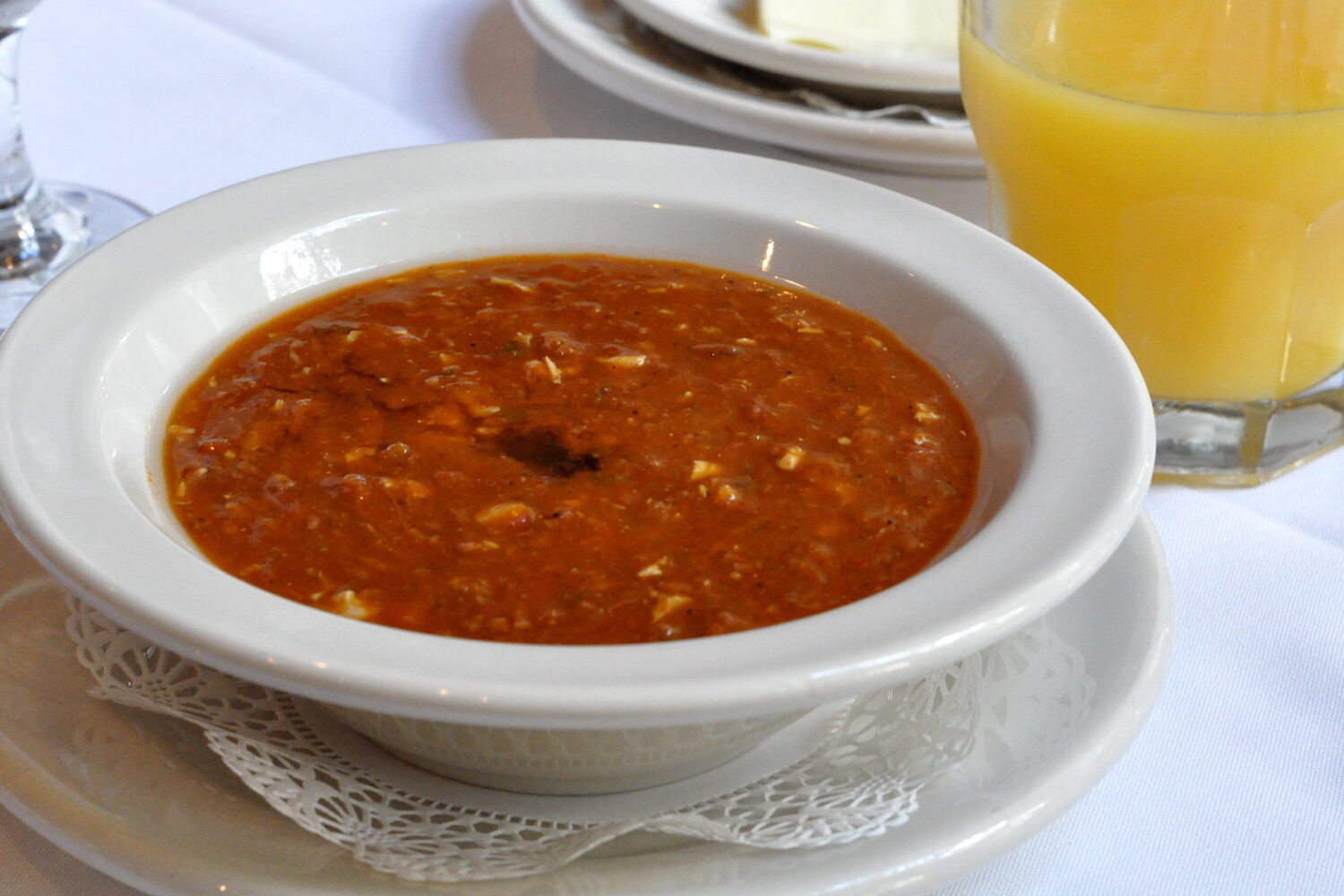
In the 1800s, turtle soup wasn’t exotic but elegant. Wealthy Americans served it at banquets and hotels to show refinement. Real turtle meat simmered in sherry and herbs was considered a culinary triumph. For many, it symbolized progress and prosperity on a plate. It wasn’t about cruelty back then but prestige. Cooks took pride in mastering the rich, complex broth that impressed dinner guests. Today, turtle soup feels controversial, a memory of how luxury once came from nature’s wild corners and how taste, like time, can shift from pride to protection.
3. Oysters as Everyday Food
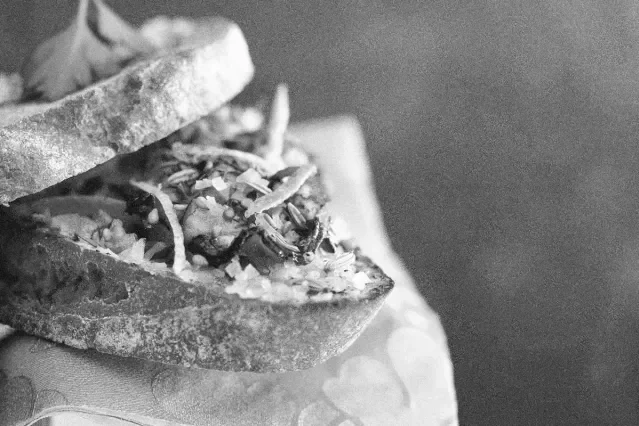
Imagine grabbing oysters like fast food. In the 1800s, you could buy an oyster sandwich on a street corner for pennies. They weren’t a luxury but a staple. Coastal towns thrived on the oyster trade, and people ate them raw, baked, or stewed. They showed up at every class of table, from dockside taverns to family kitchens. Oysters were hearty, cheap, and easy to find. The abundance made them ordinary. Over time, pollution and overharvesting changed that story, turning this everyday meal into a delicacy only a few can still enjoy.
4. Salt Pork

Salt pork was the heartbeat of most 19th-century meals. Thick, fatty, and heavily salted, it flavored stews, beans, and vegetables. It was easy to store, simple to use, and satisfying to eat. Families didn’t worry about cholesterol; they worried about calories for strength. Salt pork stretched across seasons when fresh meat was scarce. Soldiers, pioneers, and farmers all relied on it. Even when it was tough or greasy, it represented comfort and consistency. The salt preserved it, but tradition preserved its place at the dinner table for generations of working Americans.
5. Wild Game Stews
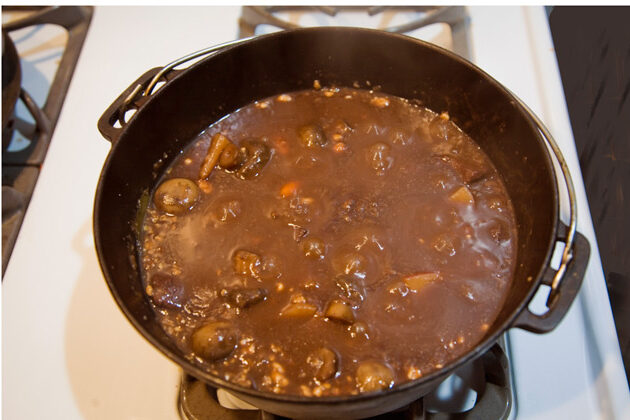
For many families, dinner came straight from the woods. Deer, rabbit, duck, and quail filled pots and pans, turning into hearty stews. Hunting was both sport and survival. Seasoned with onions, root vegetables, and a pinch of salt, wild game offered flavor and protein. Each stew was a reflection of the land and the people who lived on it. It brought communities together around open fires, sharing food that was fresh, local, and earned. In a time before supermarkets, wild game wasn’t special; it was simply what dinner looked like.
6. Succotash
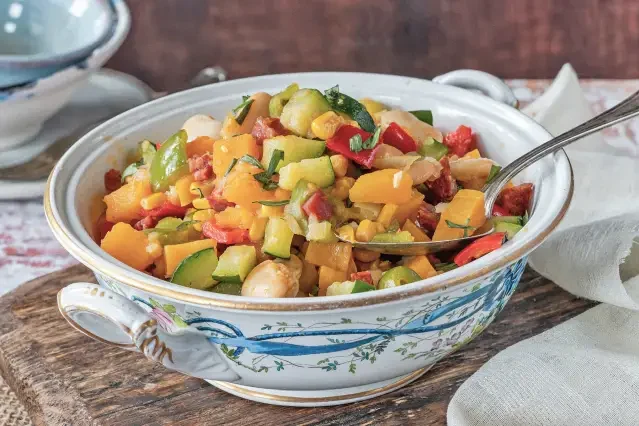
Succotash began as a Native American dish, and by the 1800s, it had become a comfort food across the country. Corn and beans simmered in butter or pork fat made a simple, filling side dish. It represented cultural blending, with settlers borrowing techniques from Indigenous cooks. Every family had its own twist, sometimes adding cream or herbs for richness. It was colorful, warm, and balanced. Succotash proved that even in an age of heavy meats, a humble mix of corn and beans could still make it to the center of the table.
7. Brown Bread with Molasses

In an era without fluffy white loaves, brown bread was hearty and practical. It combined rye, cornmeal, and molasses, then steamed instead of baked. The molasses gave sweetness, while the dense texture filled stomachs through long winters. It was often served with beans or salted butter, making a full meal for working families. New Englanders loved it because it was simple, nourishing, and affordable. “Brown bread and beans” became a weekend tradition. It wasn’t fancy, but it was faithful, the kind of bread that carried a family through another cold season.
8. Baked Beans
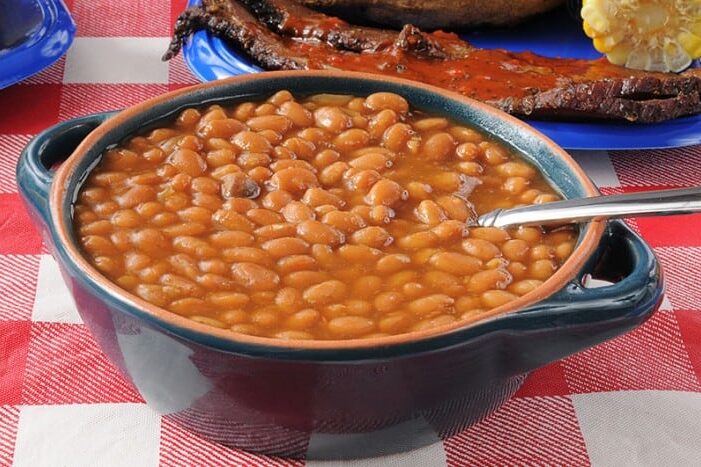
No food was more symbolic of New England than baked beans. They cooked slowly in brick ovens overnight, seasoned with salt pork, molasses, and sometimes mustard. The result was sweet, smoky, and rich. Families ate them on Saturday nights so the leftovers could serve as Sunday’s meal. The dish required patience, not precision, making it perfect for busy homes. It was warm, filling, and deeply satisfying, a reminder that the best meals often came from the simplest ingredients. Beans were nourishment, tradition, and comfort all in one humble pot.
9. Meat Pies

Leftovers never went to waste in the 1800s, and meat pies were proof of that. Cooks filled pastry crusts with chopped beef, pork, or chicken mixed with vegetables and gravy. They were practical, portable, and perfectly hearty. Whether baked in a home kitchen or served in a tavern, meat pies offered comfort with every bite. They stretched ingredients, fed large families, and kept hunger away longer. Every region had its version, but all shared one thing in common: the satisfaction of turning scraps into something delicious, filling, and proudly made from scratch.
10. Pickled Meats and Vegetables
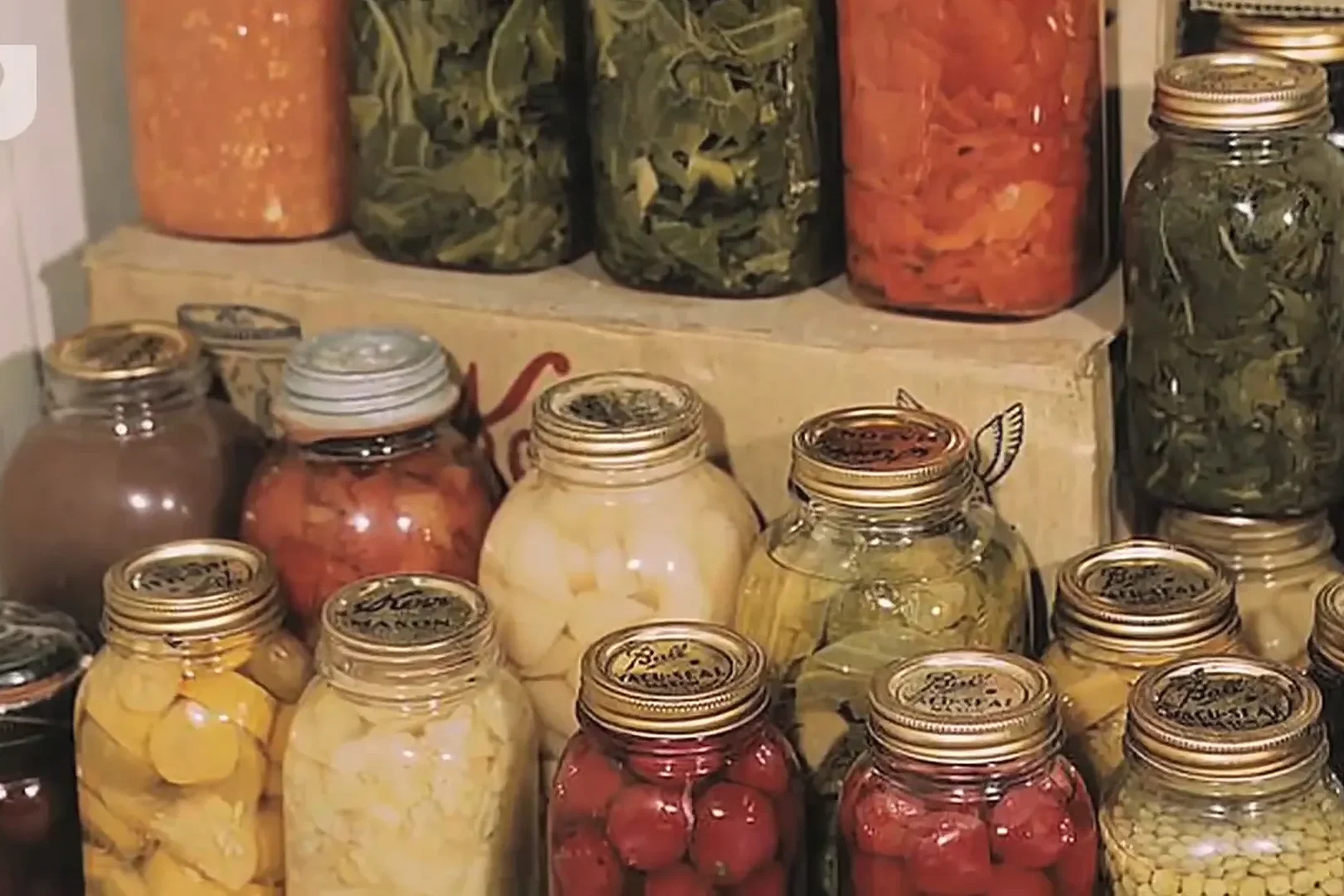
Preservation was survival, and pickling was the skill that kept families fed through winter. Beef, beets, cucumbers, and even eggs went into vinegar brine to last months. The sharp tang became a familiar flavor on every plate. Pickled foods were colorful reminders of warmer days, stored in jars lining cellar shelves. They added brightness to the heavy meats of the season. Every household had its own recipes, handed down like heirlooms. When fresh produce was gone, pickled vegetables kept memories of summer alive in every sour, satisfying bite.
11. Puddings
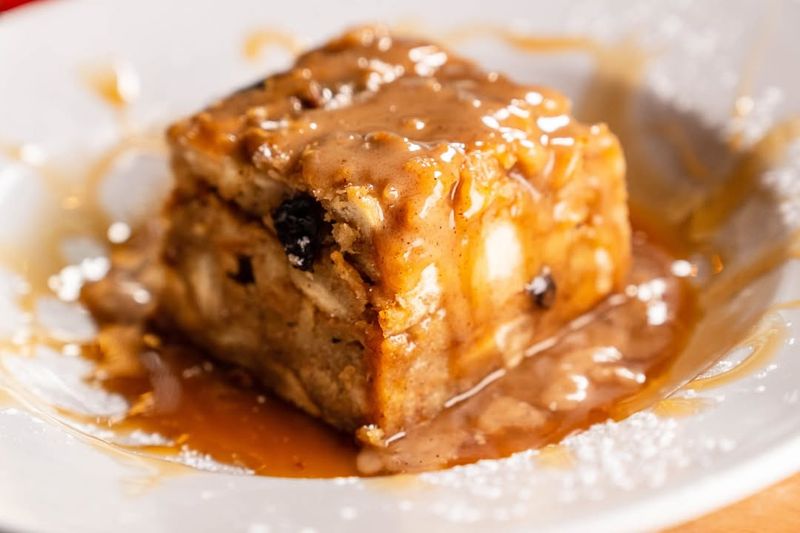
In the 1800s, pudding didn’t just mean dessert. It could be savory or sweet, made from bread, suet, or meat scraps. It was often boiled or steamed into a firm, sliceable dish. Households turned leftovers into pudding to stretch their supplies. Sweet versions used molasses or dried fruit, while savory ones filled bellies on cold nights. Puddings were more about practicality than presentation. Each one told a story of thrift, creativity, and comfort, turning the simplest ingredients into something rich, humble, and undeniably satisfying at the end of a long day.
12. Vegetables Cooked to Death

Fresh vegetables rarely stayed crisp on 19th-century tables. Cabbage, beans, and carrots were boiled until soft, often seasoned with bacon fat or salt pork. “A proper vegetable should melt,” one cook said. Texture wasn’t the goal; nourishment was. Long cooking made them easy to digest and blended them into hearty stews. Bright flavors or crunchy salads were foreign ideas. What mattered was warmth, fullness, and practicality. Vegetables weren’t stars; they were supporting players, content to take a back seat to meat and gravy on the well-worn plates of American families.
13. Fruit as Luxury
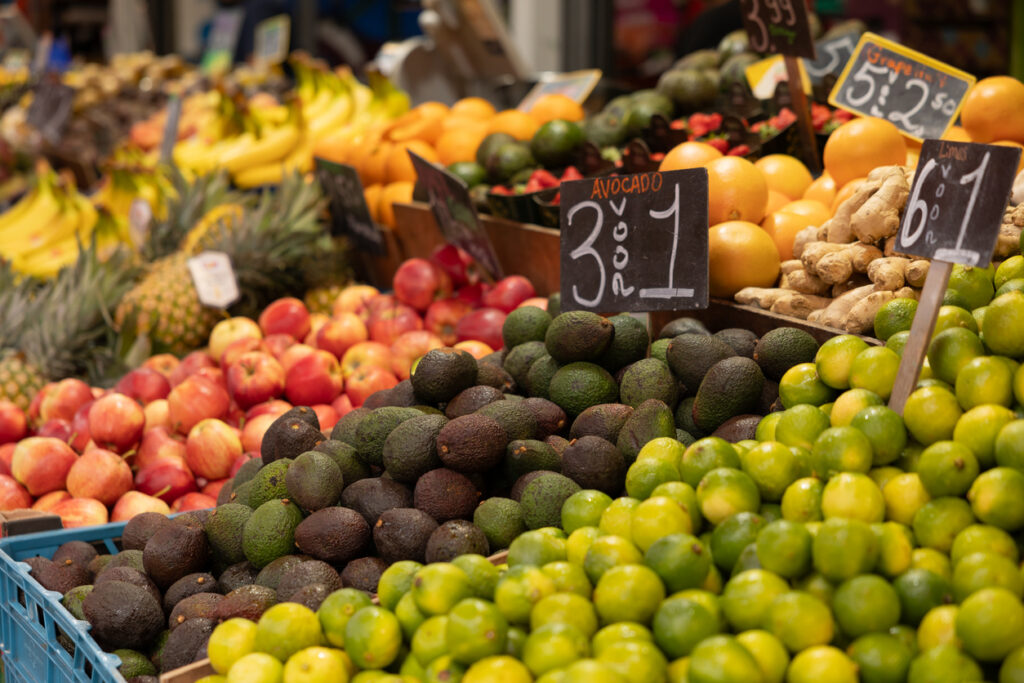
Without refrigeration, fresh fruit was rare. Apples, peaches, and berries were precious seasonal treats. Families dried, stewed, or canned them to enjoy during winter. Sugar was expensive, so fruit was often cooked with molasses or honey. A jar of preserves felt like treasure when snow covered the ground. Wealthy households could afford imported citrus, but most relied on what they could grow or gather. Fruit was not a snack but a celebration. Each bite reminded people of summer’s sweetness and the care it took to keep nature’s gift through the cold months.
14. Heavy Gravies

Gravy wasn’t an accessory; it was a necessity. Made from pan drippings, flour, and fat, it transformed plain food into comfort. Housewives poured it over potatoes, bread, and meats, adding warmth and richness. “A meal without gravy feels unfinished,” one homemaker wrote. It stretched scarce meat further and satisfied large families. There was pride in getting the texture just right, thick enough to cling to a spoon but smooth as cream. In a world that valued substance over style, gravy was the glue that held a hearty dinner together.
15. Cornmeal Mush and Grits

Cornmeal mush was simple, humble, and filling. Boiled with water or milk, it became a warm porridge eaten for breakfast or supper. Families added butter, syrup, or gravy depending on what they had. In the South, grits filled the same role, soft and comforting after a long day’s work. It was the kind of food that didn’t need fancy seasoning to taste right. Corn was cheap and abundant, making this dish a daily staple. Every spoonful was a small reminder that nourishment doesn’t always have to be complicated.
16. Coffee and Tea After Dinner

Coffee and tea weren’t just morning drinks; they marked the day’s quiet ending. After dinner, families gathered around small tables, sharing stories over steaming cups. Even pioneers carried tins of coffee beans westward because it brought comfort and familiarity. The brew was strong and sometimes bitter, but it symbolized togetherness. In homes with little luxury, a shared cup felt rich. It was less about taste and more about pause, a warm ritual reminding people that even in hard times, there was always time to sit, sip, and be still.
17. Regional Specialties

Every part of America had its own flavor. New Englanders loved seafood and beans, the South thrived on pork and cornmeal, and frontier settlers relied on wild game. Each dish reflected geography more than trend. Local ingredients defined dinner, long before anyone said farm to table. A meal wasn’t just food; it was identity. Recipes traveled with families but evolved with the land. Food told the story of where people came from and where they settled, making regional dishes an edible map of a growing and diverse young nation.
18. Fish from Rivers and Shores

Rivers, lakes, and coasts fed countless families. Trout, catfish, perch, and cod were staples depending on the region. Fishermen supplied towns daily, and fresh catches became part of every meal plan. Fish was often fried, stewed, or baked with simple herbs and butter. It provided lean protein when meat was scarce and variety when meals felt repetitive. For those living near water, fishing wasn’t recreation but livelihood. What we now call “fresh-caught dining” was just life. Simplicity was its secret ingredient, making every bite taste of home and hard work.
19. Preservation Above All
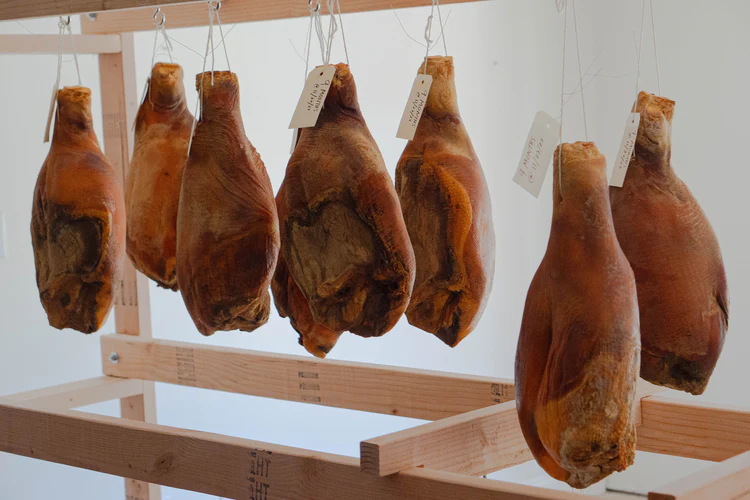
Before refrigeration, the key to survival was preservation. Families smoked hams, salted meats, and canned vegetables by hand. Root cellars stored potatoes and onions, while jars of jam lined pantry shelves. Every household had its own methods, passed down like tradition itself. Food wasn’t just cooked; it was managed. People planned months ahead, preparing for seasons when nothing grew. Preservation wasn’t optional; it was wisdom. It turned scarcity into security, ensuring every winter meal told a quiet story of effort, patience, and the human instinct to endure.
20. Spice and Seasoning Were Sparse

The 1800s table wasn’t full of bold flavors. Salt, fat, and smoke did most of the work. Pepper, nutmeg, and cinnamon were rare treats, used sparingly on special occasions. Most meals were simple, focused on filling rather than flair. Spices were expensive, imported luxuries that only wealthier kitchens could afford. For ordinary families, flavor came from hard-earned resources and creativity. The plainness wasn’t neglect; it was necessity. Every bite carried the taste of the time itself, where food’s purpose was survival, and satisfaction came from warmth, not extravagance.
To 19th-century Americans, dinner was about sustenance, preservation, and fat. What we treat as delicacies, oysters, turtle, wild game, were everyday foods, while vegetables and fresh fruit were an afterthought. Their palate wasn’t just different; it was a world turned upside down from ours.
This story What Americans Really Ate for Dinner in the 1800s, 20 Surprising Dishes was first published on Daily FETCH


